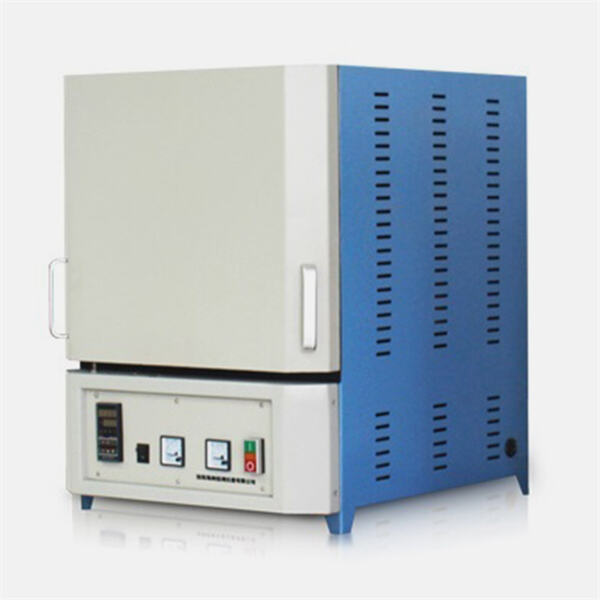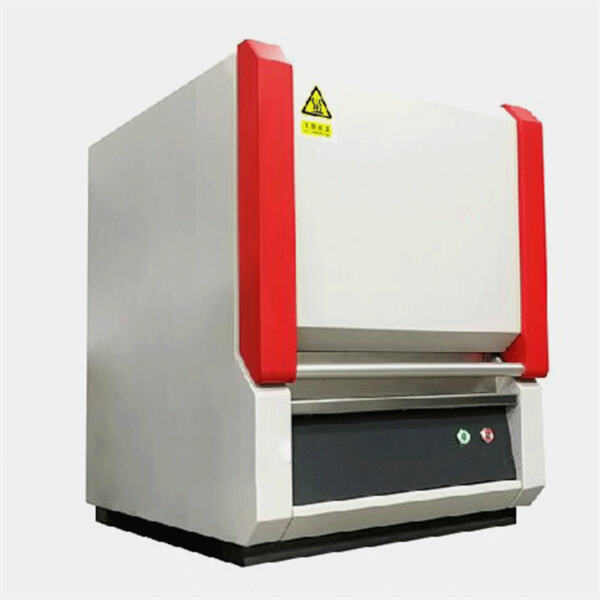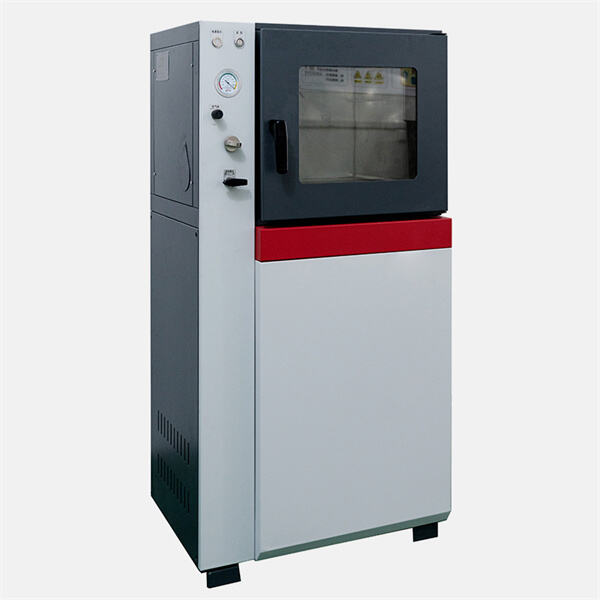Thermal expansion testing is a unique process that allows us to see how materials behave as the temperature changes. This testing involves mass testing of how solids, liquids and gases respond to temperature change. It is crucial to know how materials behave in extreme temperatures to create products that are safe and reliable. Nanyang JZJ offers High Temperature Thermal Expansion Coefficient Tester services that safeguard products from cracking or collapsing due to temperature elevation and contraction upon cooling. This article covers aspects of thermal expansion testing and how we apply these insights to design superior products that are both user-friendly and safe.
The change of temperature is most likely a strong influence on the properties of a single material. In thermal expansion testing, a material is either heated or cooled so any expansion and contraction that occurs can be measured. It can be quite fun and insightful this way! This allows us to determine the coefficient of thermal expansion (CTE) of that material. The CTE tells you how much a material expands or contracts in size, for every degree in temperature. That is for instance if a material has a high CTE, it indicates that when hot, the material will expand a lot. The CTE is essential because it allows one to anticipate the behavior of a material at various temperatures which is critical to ensure proper functionality of the end product.
Solid, liquid, or gas, materials behave uniquely when heated or cooled. Thermal expansion testing is the first step to helping us visualizing these various different materials respond to temp changes. For solids, we determine the amount of expansion or contraction we get for such substance when subjected to heat. For liquids we study their thermal expansion in size or volume with temperature. And of course, gases behave a little differently, and we can just see how the volume of the gas changes when we heat it or cool it. We can derive predictions about how a material will behave in a range of temperatures because a lot of stuff we interact with regularly anway.

High Temperatures Can Alter Material Function Some sections of an airplane are subjected to extremely high temperatures during a flight, therefore, they have to endure heat without the risk of breaking down. It is essential for safety in these environments to be able to predict the behavior of material when subjected to them, and thermal expansion testing gives us exactly this information. We can place materials in a controlled environment where we can heat or cool materials to see how they might behave, mimicking conditions they could face in the real world. It enables us to plan products that are truly strong, compensated for, and solid — knowing that compounds will hold up moving along for statures of extraordinary temperatures — amongst high and low.

Thermal expansion testing plays a vital role in the design and functionality of the products. By understanding what happens to materials at other temperatures, we designSoorries use products that won’t break or fail on them when they come into contact with them For example, a car engine must be built so that it can withstand the high heat it receives while running at full power. Thermal expansion testing assists us in understanding how the engine will behave with respect to its thermal environment. This translates into more adequate product designs and vehicles that provide the promise of continued road uptime and safety. Devoting time to understanding these factors helps manufacturers design products with better longevity and efficiency.

In extreme cases, thermal stress can lead to a failure of products, resulting in serious user safety risks or significant company losses. Thermal expansion testing can help avert these failures from occurring. The behaviour of materials at elevated temperatures can be tested such that they reproduce real-life cases. So for things like if a material might be too heat expandable, material manufacturers can start figuring out how to fix that problem prior to production. This early repair, proactive approach enables manufacturers to locate and rectify issues early in the process that will save time and money. This prevents items from breaking or failing as a result of them not being able to survive various temperatures.
Our products are used widely in the thermal expansion testing and ceramics industries, as well as building chemicals, materials, machinery and various other composite materials industries. Through international transport, the main universities affiliated with the company as well as national quality inspection agencies and research laboratories and refractory material and other production units, as well as steel units are shipped to areas and countries within Asia, Europe and Middle East. Transportation methods: We offer air transportation, sea transportation, express delivery and rail transportation.
Our top-quality products are because we not only have experienced engineers in the field in addition to thermal expansion testing that pay close attention to details and operational. With rich high-temperature testing experience we can supply custom test instruments for individual projects. We can also provide users with high-temperature testing technologies Consulting and testing of samples; as well as comprehensive and complete laboratory solutions.
With a thermal expansion testing RD investment, technological development and improvement in product quality the company has continuously obtained ISO9001, CE, SGS and various other certifications. The company also holds a CMC national measuring instrument production licenses for the refractory industry, with its own intellectual property rights, and more than 50 patents for inventions in the national market as well as utility model patents.
The company's main products include automatic sample melting machines for spectral analysis as well as physical tests for performance of unshaped shaped ceramic fibers that are thermal expansion testing and other products medium and high temperature heating furnaces equipment for preparing samples and high temperature heating elements and high temperature furnace linings computer control systems and instruments Laboratory chemical reagents etc